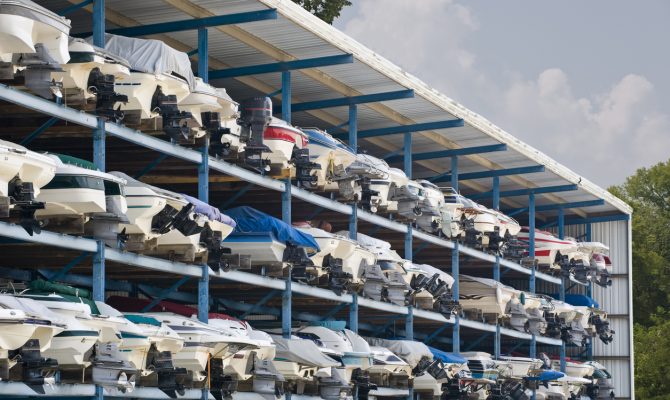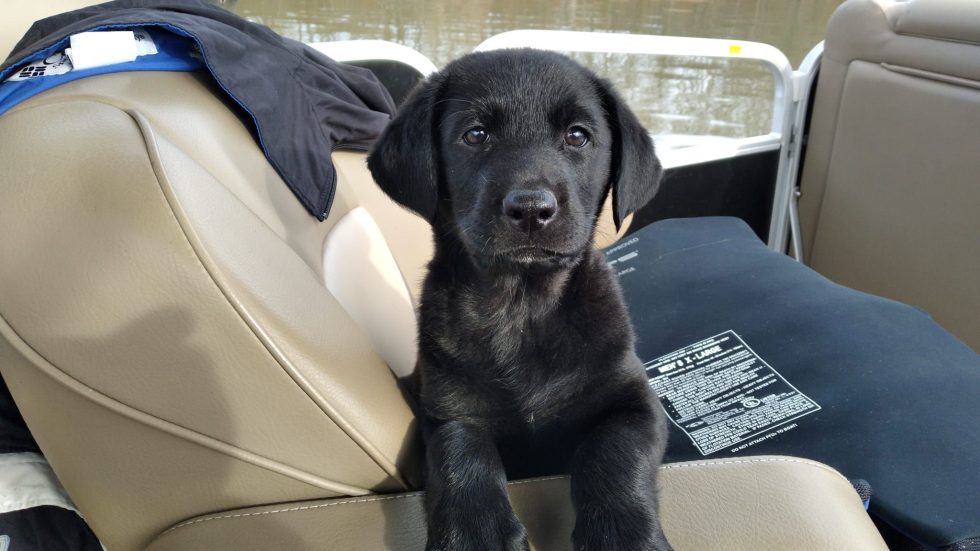Modern Winterizing
We all want the winterizing process to be as easy as possible. That said, there’s nothing simpler than just opening a package and placing it in the cabin. We don’t need to point out that closed up boats are a haven for mold, mildew and foul odors, especially if there’s water intrusion or other excess moisture. The solution is what hospitals use to sanitize and deodorize: a non-toxic Chlorine Dioxide vapor. The vapors penetrate deep into crevices to eradicate the cause of smell. Star brite’s NosGUARD SG uses EPA-approved technology to keep air fresh and clean. It can be used to deodorize as well as to maintain air quality year-round.
Another install-once-and-let-it-sit job item is the PriorityStart. We all know about the need for a solar battery charger or other battery tender to keep batteries topped off when not in use, but those don’t take into account unanticipated drains on the battery. The easy-to-install PriorityStart device continuously monitors the boat battery(s) when the key is in the off position. If it senses a drain, it shuts it down to retain battery voltage. This works equally well in the summer months when you want to be able to run your electronics, lights, radio, etc., without concern that you’re depleting the batteries below the Start level. When you swing by to inspect the winterized boat, power up the electrical system periodically to both check on and reset the monitoring process.
The best time to change the oil is immediately after the last cruise of the season. The heated oil temporarily suspends metal flakes, sludge, and other corrosives and contaminants, thus allowing you to efficiently remove them as the old fluid is drained. Refill with a premium oil formulated specifically for operating under extreme marine conditions.
When it comes to “green” we expect to find it in cabin cleaning and boat wash options, but engine winterizing can be non-toxic and biodegradable, too, by going the PG route. There are two choices in anti-freeze formulas: ethylene glycol (EG) or propylene glycol (PG). The traditional EG is very effective at lowering the freeze point of water, but it is extremely toxic. This toxicity is also the reason EG-based antifreeze can never be used to winterize fresh-water tanks, as even trace amounts remaining after flushing can be very harmful. PG formulas work just as well as EG formulas, won’t void engine warranties and are non-toxic. As a bonus, you’ll eliminate the hazardous disposal problem when it’s time to flush the systems. Here’s a handy tip: pouring a small amount of PG antifreeze into the bilge will keep any water that accumulates in it from freezing.
You may already use a product such as Star Tron Enzyme Fuel Treatment to mitigate E-10 gas and/or diesel fuel issues throughout the boating season. But did you know it’s also a very effective fuel stabilizer? And, because it actually enhances fuel combustibility, it doesn’t create the smoky haze you get from traditional stabilizers when you first run the engine in the spring. So, before you haul the boat from the water, add a dose of Star Tron and then run the engine(s) for about 10 minutes to make sure the enzyme formula is well mixed with the fuel, and is protecting the fuel in the filters and lines as well.
Homespun Wisdom
-
- Place small fenders under the edges of your boat cover or tarp to allow air to circulate to the boat underneath.
-
- Don’t polish aluminum rails or fittings when it’s colder than 50 degrees outside, as aluminum scratches more easily in cold temperatures.
-
- Similarly, when making boat repairs during winterizing or winter storage, don’t apply caulk below 50 degrees Fahrenheit.
-
- Add 2 tablespoons of rubbing alcohol to your favorite window cleaner to help prevent ice from forming on your windows. The cheapest-yet-still-effective window cleaner out there is the windshield washer fluid you use in your car.
-
- The simplest way to lessen cleaning chores is to prevent a mess from occurring. Canned food or beverages left in the cabin during winter layup can burst in extreme cold, and packaged food could attract vermin. Remove all food and beverages in cans, bottles or in packaged plastic.
-
- Turn your cushions on edge to allow air to circulate around them, or take them home and clean and store them in a climate-controlled space.



